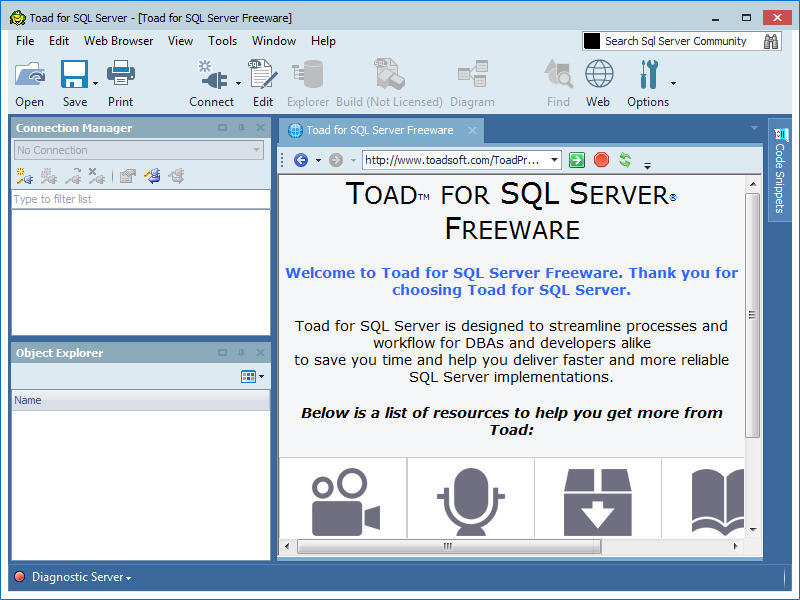

With a smaller market position, Node.js powers 0.2% of all websites. Node.js is a server-side JavaScript environment for network applications such as web servers. Some examples are JBoss, Wildfly, and Glassfish. It can, however, be extended with Coyote, to also perform the role of a normal web server that serves local files as HTTP documents. More information can be found on the project website.Īpache Tomcat is often listed among other open source Java application servers.
#Best freeware server software license
It currently powers just under 1% of all websites.Īpache Tomcat, released under the Apache License version 2, is typically used to run Java applications.
#Best freeware server software software
Tomcat's code base was donated by Sun Microsystems to the Apache Software Foundation in 1999, and became a top-level Apache project in 2005. Such web servlets are the Java counterpart to other dynamic web content technologies such as PHP and ASP.NET. Although servlets can respond to any types of requests, they most commonly implement applications hosted on Web servers. A Java servlet is a Java program that extends the capabilities of a server. Apache TomcatĪpache Tomcat is an open source Java servlet container that functions as a web server. You can find more information on the NGINX community site. NGINX is released under a BSD-like license, and can not only be deployed as web server, but also as proxy server or load-balancer. It has become a very popular web server among administrators due to its light resource utilization and its ability to scale easily. NGINX relies on an asynchronous event-driven architecture to help power its goal of handling massive concurrent sessions. NGINX was developed as an answer to the so-called C10K problem, which is shorthand for "how do you design a web server which can handle ten thousand concurrent connections?" NGINX is second on a list of open source web servers by usage, running just over 30% of all websites. Igor Sysoev began developing NGINX back in 2002, with its first public release in 2004.

As of version 2.4, Apache also supports HTTP/2 through a new module, mod_http2.Īs the Apache HTTP Server has been the most popular web server since 1996, it "benefits from great documentation and integrated support from other software projects." You can find more information on the Apache Foundation project page. For example, loading the mod_proxy will allow for a proxy/gateway on your server, and mod_proxy_balancer will enable load balancing for all supported protocols. The web server itself uses a modular architecture, in which extra modules can be loaded to extend its features. Apache is, unsurprisingly, licensed under the Apache License version 2. While Apache httpd is most often seen running on Linux, you can also deploy Apache on OS X and Windows.

Apache powers 52% of all websites globally, and is by far the most popular web server. The Apache HTTP Server-often referred to as httpd, or simply Apache-was first launched in 1995, and celebrated its 20th birthday in February 2015. The term can refer to the entire system, or specifically to the software that accepts and supervises the HTTP requests." In this article, we address the software which specifically processes web requests from end users. I will also provide some tips so you can easily deploy one of the popular web servers yourself.Īccording to Wikipedia, a web server is "a computer system that processes requests via HTTP, the basic network protocol used to distribute information on the World Wide Web.

In this article, I look at the most popular open source web servers, and briefly review their history, technology, features, and more. Statistics show us that well over 80% of web applications and websites are powered by open source web servers.


 0 kommentar(er)
0 kommentar(er)
